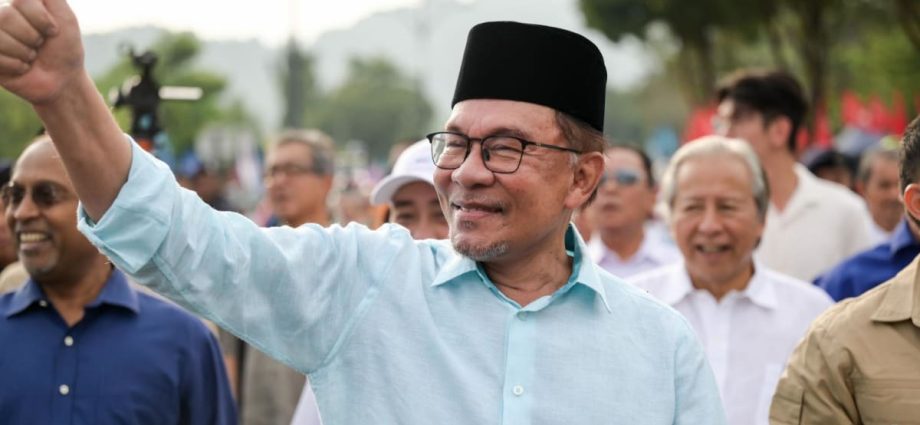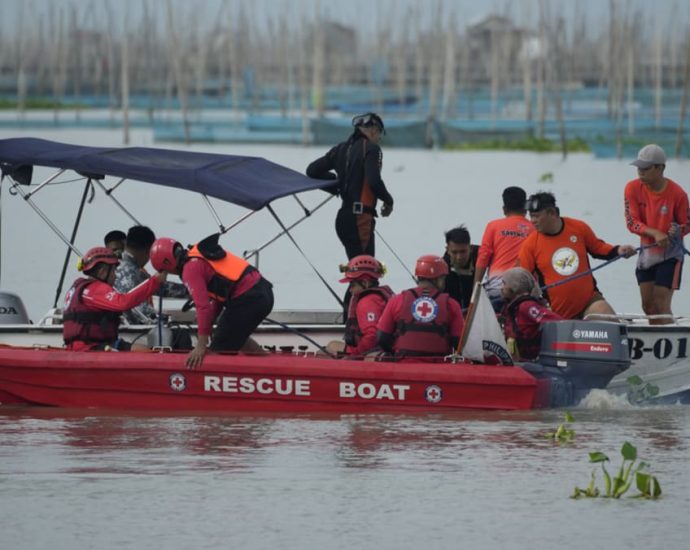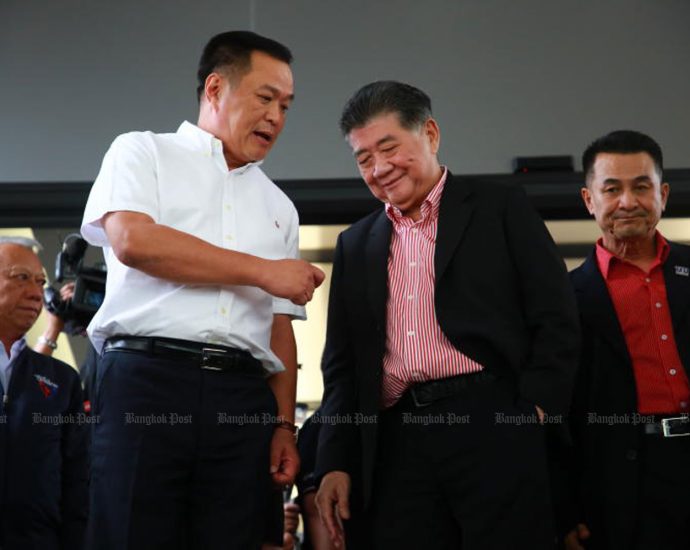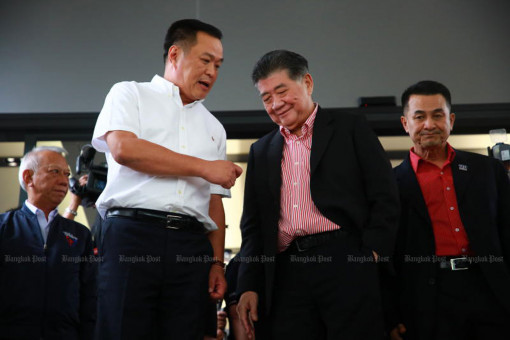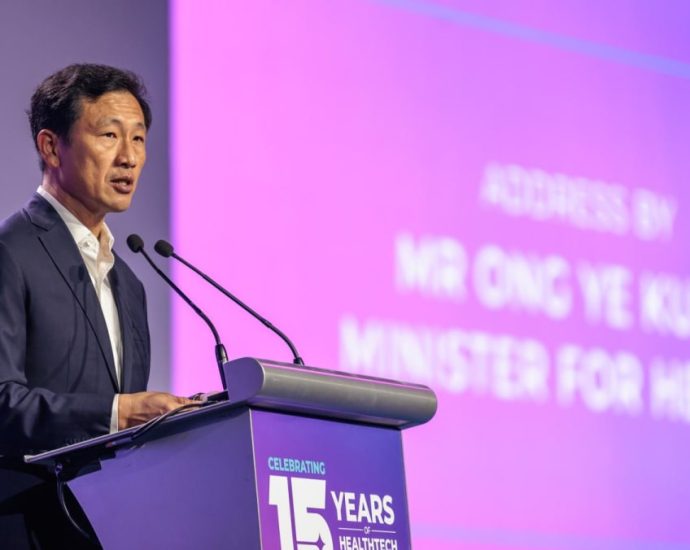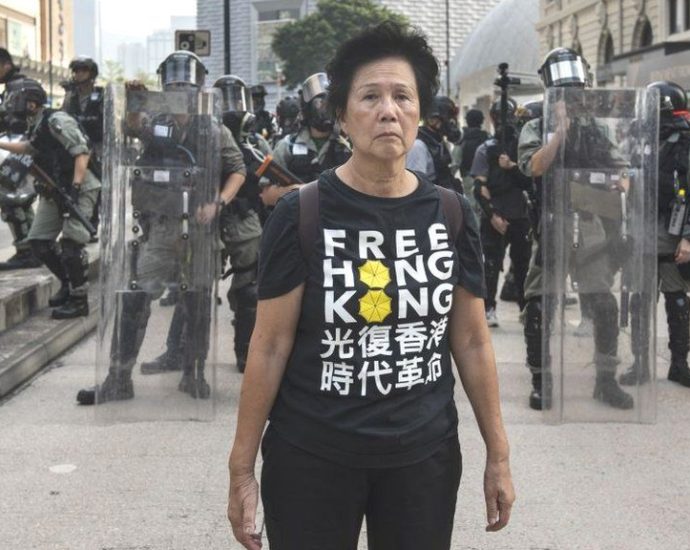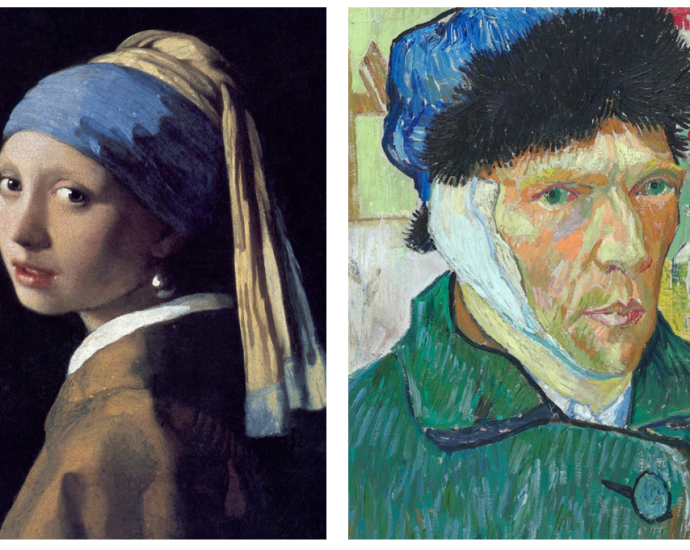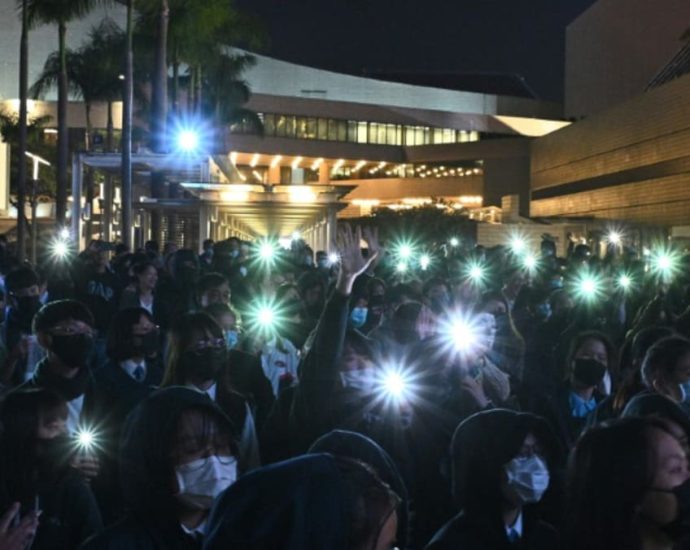Election battle lines drawn in 6 Malaysian states, with polls seen as litmus test for Anwar’s unity government

However, the Malay vote is key to watch, he noted. PH is counting on BN’s leading party the United Malays National Organisation (UMNO) to court the support of Malays, but many had voted for PN in the general election.
“Can UMNO hold on to its votes now that it is in a new coalition? This is the first time UMNO has joined the previous opposition. Or will the green wave and PN (manage to win over the voters)?” Dr Saravanamuttu asked.
Penang is another closely-watched battleground, he said.
The state in northwest Malaysia, home to a large number of ethnic Chinese voters, is a stronghold of the Democratic Action Party (DAP), a member of the ruling coalition.
PH holds more than two-thirds of the 40 seats, with DAP occupying 19 of them.
The party is expected to continue to dominate polls, but recent issues may give the opposition a chance to wrestle their way in, said Dr Saravanamuttu.
“There are some issues within the DAP. It has taken away its very strong (contenders) like Dr P Ramasamy and Chong Eng, and that’s creating some waves,” he said.
“Regardless, PH won’t lose the state, but the question is whether they will be able to retain the two-thirds majority.”
ECONOMY IN THE SPOTLIGHT
Malaysia’s economic health will take centre stage in the upcoming elections.
The unity government said it is tackling unemployment and wooing foreign investments, but the opposition said rising costs are hurting the Malaysians.
There is discontent among voters on the economic front, particularly with the falling ringgit and the rising cost of living.
Dr Saravanamuttu said that while these issues are not unique to the nation and are prevalent worldwide due to geopolitical tensions, many Malaysians believe the government needs to put in more effort to resolve them.
“The PH unity government is dealing with a lot of issues. All these economic problems are affecting the whole world because of the Ukraine war, etc. But still, people see it as the government not doing enough,” he said.
Philippine ferry was overloaded when it flipped over, leaving 26 dead, official says
Under questioning by authorities, the skipper acknowledged that the ferry had exceeded its passenger capacity when it left port, Abu said. The skipper said only 22 passengers were aboard the ferry at first but the number swelled when more people desperate for a ride arrived. The passengers had been strandedContinue Reading
Pheu Thai to hold meeting with coalition parties next week
PUBLISHED : 28 Jul 2023 at 18:17
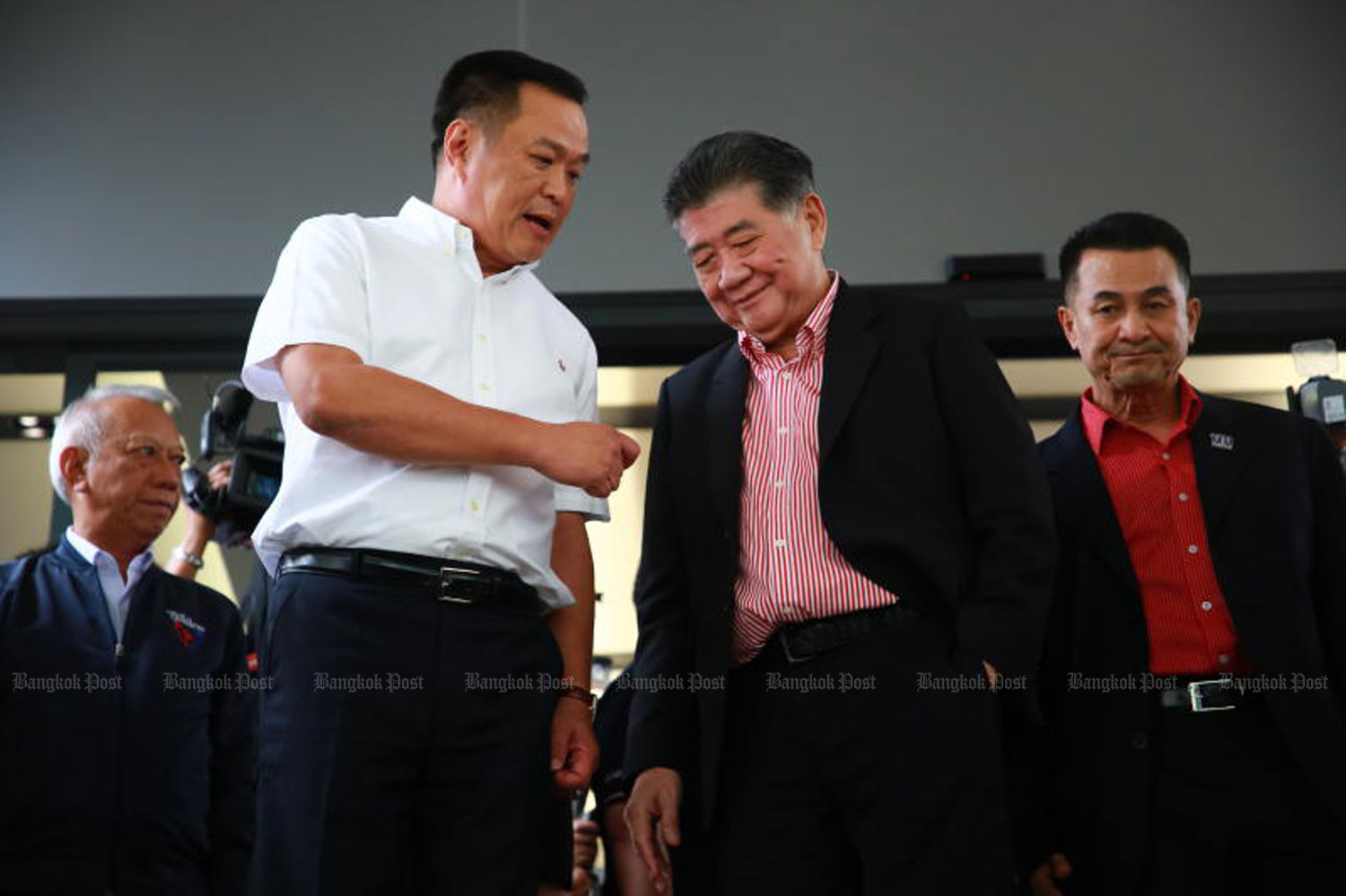
The Pheu Thai Party will hold a meeting with its seven coalition partners next week to notify outcomes of recent talks between Pheu Thai and other parties outside the coalition bloc and senators, and will let the Move Forward Party (MFP) decide on the coalition’s future.
Pheu Thai deputy leader Phumtham Wechayachai said on Friday that his party will coordinate with its allied parties to set the date and time of the meeting. Pheu Thai had held talks with other parties and the Senate in an effort to seek their support for the next parliament vote for a prime minister.
Mr Phumtham said the other parties and the senators involved in the talks had a common response that they strongly opposed any move to amend Section 112 of the Criminal Code, also known as the lese majeste law, and they would not give support to Pheu Thai if the MFP remains in a coalition government.
“We will report to a meeting of the eight-party coalition of what we heard from the talks. We will ask the meeting what to do next. How will the other coalition parties, particularly the MFP, help find a way out for use. We want the MFP to make a decision in this issue,” said the Pheu Thai deputy leader.
Mr Phumtham’s move came after after Parliament President Wan Muhamad Noor Matha was preparing an agenda for a parliament session on Aug 4 for a vote for prime minister. However, the parliamentary vote would be held or not depend on whether the Constitutional Court would accept a petition related to the previous rejected renomination for prime minister of MFP leader Pita Limjaroenrat.
If the court does not accept the petition, parliament could hold a vote for prime minister the following day, said Mr Wan, If it accepts the petition, a parliamentary vote would not take place until the court issues its ruling, possibly a week later.
The MFP won 151 House seats in the May 14 general election. It teamed up with Pheu Thai, which came second with 141 House seats, and six other parties to attempt the formation of the next government. Their coalition had 312 of the 500 House seats.
But Move Forward failed to win a majority vote from the elected House and the military-appointed Senate for the premiership of its sole prime ministerial candidate and leader Pita.
MFP recently decided to let Pheu Thai nominate its prime ministerial candidate and take the lead in forming the next government.
Last Saturday, Pheu Thai led by its leader Cholnan Srikaew met three parties — Bhumjaithai, Chartpattanakla and United Thai Nation — at Pheu Thai headquarters to seek their support. However, they set conditions that they would not support Pheu Thai if the MFP remained in the eight-party bloc.
Pheu Thai to hold meeting with coaltion parties next week
PUBLISHED : 28 Jul 2023 at 18:17

The Pheu Thai Party will hold a meeting with its seven coalition partners next week to notify outcomes of recent talks between Pheu Thai and other parties outside the coalition bloc and senators, and will let the Move Forward Party (MFP) decide on the coalition’s future.
Pheu Thai deputy leader Phumtham Wechayachai said on Friday that his party will coordinate with its allied parties to set the date and time of the meeting. Pheu Thai had held talks with other parties and the Senate in an effort to seek their support for the next parliament vote for a prime minister.
Mr Phumtham said the other parties and the senators involved in the talks had a common response that they strongly opposed any move to amend Section 112 of the Criminal Code, also known as the lese majeste law, and they would not give support to Pheu Thai if the MFP remains in a coalition government.
“We will report to a meeting of the eight-party coalition of what we heard from the talks. We will ask the meeting what to do next. How will the other coalition parties, particularly the MFP, help find a way out for use. We want the MFP to make a decision in this issue,” said the Pheu Thai deputy leader.
Mr Phumtham’s move came after after Parliament President Wan Muhamad Noor Matha was preparing an agenda for a parliament session on Aug 4 for a vote for prime minister. However, the parliamentary vote would be held or not depend on whether the Constitutional Court would accept a petition related to the previous rejected renomination for prime minister of MFP leader Pita Limjaroenrat.
If the court does not accept the petition, parliament could hold a vote for prime minister the following day, said Mr Wan, If it accepts the petition, a parliamentary vote would not take place until the court issues its ruling, possibly a week later.
The MFP won 151 House seats in the May 14 general election. It teamed up with Pheu Thai, which came second with 141 House seats, and six other parties to attempt the formation of the next government. Their coalition had 312 of the 500 House seats.
But Move Forward failed to win a majority vote from the elected House and the military-appointed Senate for the premiership of its sole prime ministerial candidate and leader Pita.
MFP recently decided to let Pheu Thai nominate its prime ministerial candidate and take the lead in forming the next government.
Last Saturday, Pheu Thai led by its leader Cholnan Srikaew met three parties — Bhumjaithai, Chartpattanakla and United Thai Nation — at Pheu Thai headquarters to seek their support. However, they set conditions that they would not support Pheu Thai if the MFP remained in the eight-party bloc.
Singaporeâs health tech agency IHiS relaunches as Synapxe, taps artificial intelligence for better care

ACCELERATING HEALTH INNOVATION
The agency has been driving the technology development plans to support the implementation of the Health Ministry’s (MOH) Healthier SG programme, which focuses heavily on preventive care and aims to have citizens take charge of their own healthcare.
Synapxe chief executive officer Ngiam Siew Ying said: “Healthier SG involves making sure that each resident has a sort of plan to look after their own health, and it often happens outside of regular brick-and-mortar encounters between a doctor and patient.”
Behind the scenes, the national health information grid holds the data together and ensures interoperability, so residents can “have a full view of their health encounters”, she added.
The agency’s HealthX platform, which aims to bring health tech ideas to reality, provides multiple enablers to support public healthcare institutions and industry partners in their smart health innovation journey.
CPF Board to get new chief executive
SINGAPORE: The Central Provident Fund (CPF) Board will get a new CEO from Oct 1 with the appointment of Ms Melissa Khoo, said the Ministry of Manpower (MOM) in a press release on Friday (Jul 28). Ms Khoo is currently the Deputy Secretary (Higher Education and Skills) at the MinistryContinue Reading
Glory to Hong Kong: Court dismisses official’s request to ban song
 EPA
EPAA Hong Kong court has struck down the government’s request to ban from the internet the unofficial anthem of the island’s pro-democracy movement.
Judge Anthony Chan ruled that granting the ban could have had “chilling effects” on freedom of speech.
Authorities have been angered by hearing Glory to Hong Kong played instead of the Chinese national anthem during international sports events.
They have taken a tougher stance towards protests in recent years.
Hong Kong is part of China, but has had some autonomy since the end of British rule in 1997. Campaigners say that democratic freedoms have been gradually eroded since then.
They say attempts to ban the song are another sign of Beijing’s crackdown on dissent against the Chinese government.
Authorities have tried to erase or mask all traces of the song online for months. Glory to Hong Kong has also been banned in schools since 2020.
The Hong Kong government has also petitioned Google to have the song removed or ranked lower in search results; a request that the company has consistently denied.
Justice Minister Paul Lam Ting-kwok requested in June that the court grant an interim injunction to ban the song from being promoted, disseminated, or performed “with the intention of inciting others to commit secession or with a seditious intent”.
But in his ruling, the judge wrote: “I believe that the intrusion to freedom of expression here, especially to innocent third parties, is what is referred to in public law as chilling effects”. He did not elaborate on who he meant by “innocent third parties”.
The protest tune was written in Cantonese during major demonstrations in 2019, and was adopted widely by the protesters. It includes the lyrics: “Revolution of our times. May people reign, proud and free, now and evermore. Glory be to thee Hong Kong”.
In response to the demonstrations, China imposed a sweeping national security law to restore stability to the city. Critics said it was designed to suppress dissent and reduce Hong Kong’s autonomy.
Last year, a harmonica player was arrested for playing the song outside the British consulate in Hong Kong to mourn the death of Queen Elizabeth II.
Related Topics
-
-
14 September 2019

-
-
-
15 December 2022

-
-
-
14 November 2022

-
The end of Eurocentrism
Eurocentrism can be defined as a cultural phenomenon that views non-Western societies from a European or Western perspective. In European and North American historical writing on the rest of the world, it was long the dominant outlook, not coming under attack from within the West until the 1960s.
That was the time when Eurocentrism met its first great challenge in the work of Marshall Hodgson, author of the three-volume work The Venture of Islam. Hodgson showed that the history of literate societies should be centered on Asia and its outliers rather than on Europe. And before the modern era, Islamic civilization was the light that radiated to the periphery where Europe existed.

The latest book by Jan Krikke, author of Creating a Planetary Culture: European Science, Chinese Art, and Indian Transcendence, is a brief but very effective work that continues to expose the limits of Eurocentric history.
This makes his book timely: The West is struggling to come to terms with ceding its prominent role in the world to Asia for the first time in 500 years.
Krikke, a longtime Asia correspondent and frequent contributor to Asia Times, gives Chinese and Indian civilizations equal pride of place in the emergence of our modern world.
At first sight, the main thesis of his book appears to be reductionist: Europe excelled in science, China tended toward art or esthetics, and India’s forte was religion or spirituality. Their mutual influence, which started in earnest in the 19th century, is shaping our planetary culture.
Krikke gives due credit to George Rowley, the American art historian who first noted the dominant qualities of the world’s three “source cultures.” Rowley famously noted: “The Chinese way of looking at life was not primarily through religion, or philosophy, or science, but through art.”
Krikke describes conventional accounts of Europe’s Modernist Revolution between the 1860s and the 1920s as one of the most notable examples of Eurocentrism. He shows that the Japanese woodblock print (ukiyo-e), based on the Chinese prototype, was instrumental in moving European artists away from the optical style that had dominated European art for centuries.
Frank Lloyd Wright, the “father” of modern architecture, was one of the few modernists to recognize the East Asian roots of the Modernist Revolution. Wright himself was strongly influenced by Japanese art and architecture. Giving a lecture on the influence of the Japanese print on his work in the 1920s, Wright told his audience:
“The [Japanese] print is more autobiographical than you may imagine. If the Japanese print were to be deducted from my education, I don’t know what direction the whole might have taken.
“The gospel of elimination of the insignificant preached by the print came home to me in architecture as it had come home to the French painters who developed Cubism and Futurism. Intrinsically the print lies at the bottom of all this so-called modernism. Strangely unnoticed, uncredited. I have often wondered why.”
Krikke pioneered the study of the origin of axonometry, the English name for a projection system developed in the 10th century by Chinese architects. Axonometry is to Chinese art what linear perspective is to European art.
In the 1920s, during the climax of the Modernist Revolution, European artists and architects embraced the Chinese projection system. Today, axonometry is a key feature of computer-aided design (CAD) systems. Virtually any structure of consequence built in the world today, whether skyscrapers or space shuttles, starts on the drawing board as an axonometric projection.
Krikke also sheds light on one of the most enigmatic stories in the history of science. In the late 17th century, the German mathematician Gottfried Leibniz invented the binary code, but after encountering a diagram of the 64 hexagrams from the I Ching (Book of Changes), Leibniz wrote a paper crediting the Chinese with first having used a binary code.
The Chinese binary system uses a different code, broken and unbroken lines rather than 0 and 1, but Leibniz argued that the principle was the same.
In the 1960s, Joseph Needham, author of the monumental study Science and Civilisation in China, shed new light on Leibniz’ claim by making the connection with the modern science of Cybernetics. Needham wrote:
“It [the binary code] has been found to be, as [Norbert] Wiener points out in his important book on cybernetics, the most suitable system for the great computing machines of the present day.
“It has been found convenient to build them on a binary basis, using only ‘on’ or ‘off’ positions, whether of switches in electrical circuits or of thermionic valves, and the type of algorithm followed is therefore the Boolean algebra of classes, which gives only the choice of ‘yes’ or ‘no,’ of being either inside a class or outside.
“It is therefore no coincidence that Leibniz, besides developing the binary arithmetic, was also the founder of modern mathematical logic and a pioneer in the construction of calculating machines. As we may see later, Chinese influence was responsible, at least in part, for his conception of an algebraic or mathematical logic, just as the system of order in the Book of Changes foreshadowed the binary arithmetic.”
Krikke takes the story one step further by pointing out that cybernetics and the I Ching both rely on binary/Boolean logic. The trigrams and hexagrams are conceptually the same as Boolean classes. The Boolean operators in the I Ching are favorable and unfavorable. He quotes transpersonal psychologist Marysol Sterling Gonzalez, who referred to the I Ching as a “psychological computer.”
The third theme in Krikke’s book centers on the macrohistory of Larry Taub, author of The Spiritual Imperative. Taub’s macrohistory is based on an ancient Hindu prophecy centered on Varna, which holds that humanity goes through a cycle of four stages, each of which advances human consciousness.
Taub mentions the abolition of slavery as an example. That inhumane practice was endemic throughout the world for millennia, but in the 19th century, abolishing slavery suddenly became a “spiritual imperative.”
The spiritual imperatives of our time identified by Taub are ecological protection, economic equality, voluntary simplicity, and the development of human-centric technology.
The first indication of a “new age” emerging came in the 1960s, when raising consciousness went mainstream. Millions of people around the world discovered the value of yoga, meditation techniques, and a natural holistic lifestyle, and they made it part of their daily routine.
Like Taub, Krikke can be accused of having a utopian view of humanity. He argues that technology will lead to the end of human need in the second half of the 21st century and consciousness-raising will lead to a reduction in human wants. Artificial intelligence and related technologies will eliminate most jobs that do not require human warmth, and people will be required to work just a few hours a week.
Krikke does not directly address some of the pressing issues of our time: whether the world will find the political will to change to current system of extreme inequality and exploitation, whether societies will be able to find a mechanism to distribute the fruits of the so-called Fourth Industrial Revolution equitably, or whether humanity can prevent an ecological catastrophe.
But his book weaves a fascinating tale demonstrating the falsity of the Eurocentric division of history into ancient, medieval, and modern with the West in the lead and the others bringing up the rear. China and then Japan were what the West calls “modern” in many respects and, in architecture and the arts, it was their influence that helped to make the West modern.
Krikke shows that Europe, China and India have influenced one another in highly significant ways and that, as Marshall Hodgson once asserted, history must be written from the perspective of the world, not from that of a particular civilization.
Eurocentric history is detrimental to developing a planetary mindset. It has become increasingly clear that a viable future must be created through the cooperation of equals. Otherwise, the world is in big trouble.
Hong Kong court rejects government ban on democracy protest song
HONG KONG: A Hong Kong judge denied on Friday a government request for an injunction banning “Glory to Hong Kong”, an anthem that emerged from the city’s huge pro-democracy protests in 2019. “I cannot be satisfied that it is just and convenient to grant the injunction,” said Judge Anthony Chan inContinue Reading
Tourists head for Ko Kut, Ko Chang
PUBLISHED : 28 Jul 2023 at 16:08

TRAT: Thousands of tourists, along with their vehicles, embarked on ferries to Ko Kut and Ko Chang off this eastern province for a six-day long holiday on Friday.
At the Laem Sok boat pier in tambon Ao Yai in Muang district, tourists boarded five ferries departing to the islands one after another between 10.30am and 1pm.
Officials from the Marine Department and the navy’s Thailand Maritime Enforcement Command Centre were present at the peir to ensure safety.
Atthapol Klinthap, manager of a ferry company, said about 1,500 tourists were expected to arrive at Ko Kut on Friday. The number of tourists visiting the island during the six days would be around 4,000, he added.
Rewat Phoriang, director of the Zone 6 Marine Office, said a safety command centre has been set up and manned by officials around the clock to monitor the weather and dispach rescue teams on being alerted of boat accidents.
Tourists heading for Ko Chang, the other destination island of Trat, boarded the ferries at the Ao Thammachart pier in tambon Khlong Yai of Muang district. Five ferries were moored on standby at the pier, and the first ferry left at 5am.
Kittisak Rapinwong, the skipper of one of the ferryies said he expected some 5,000 tourists, along with about 2,000 cars, to visit Ko Chang during the six-day holiday.

